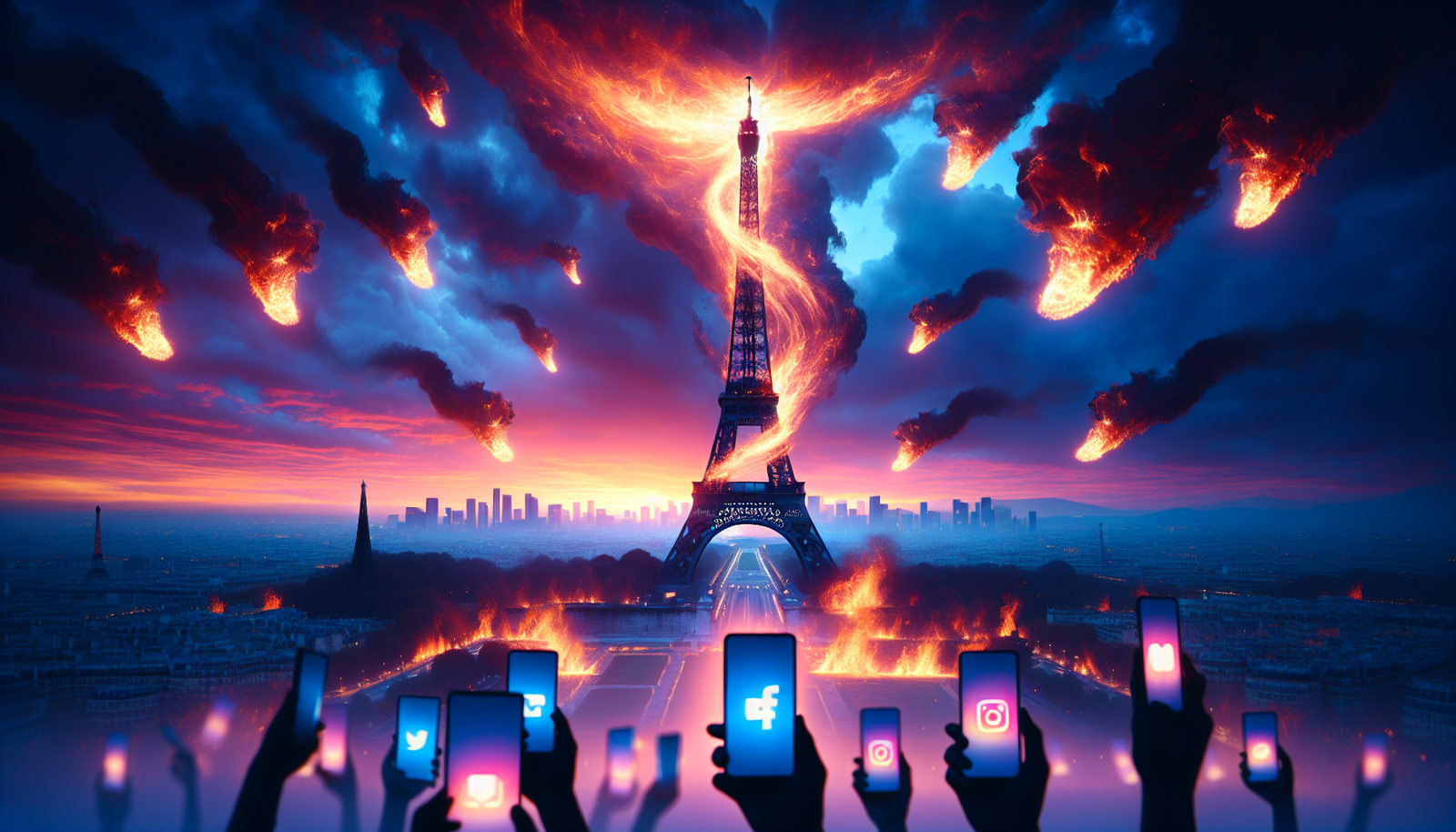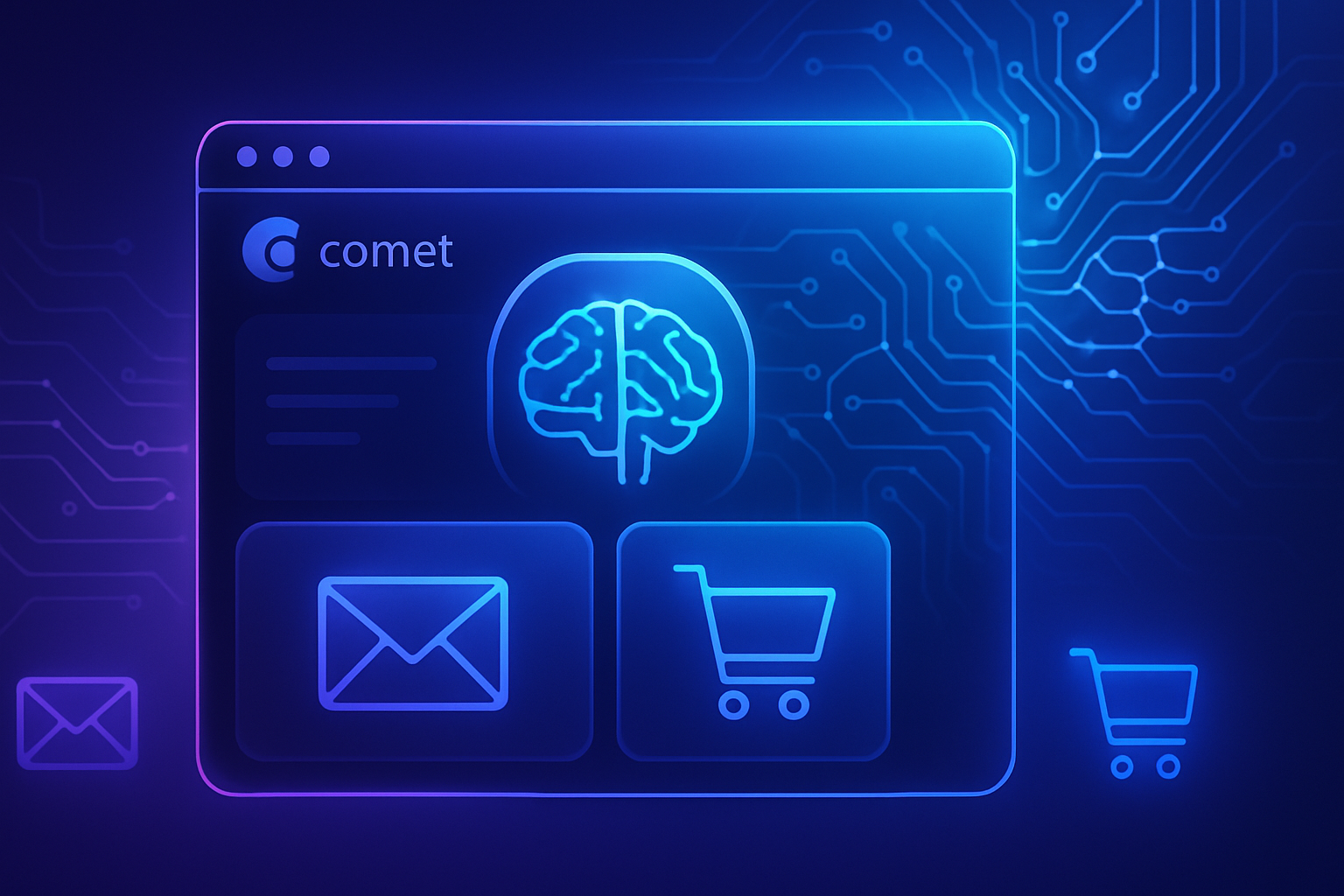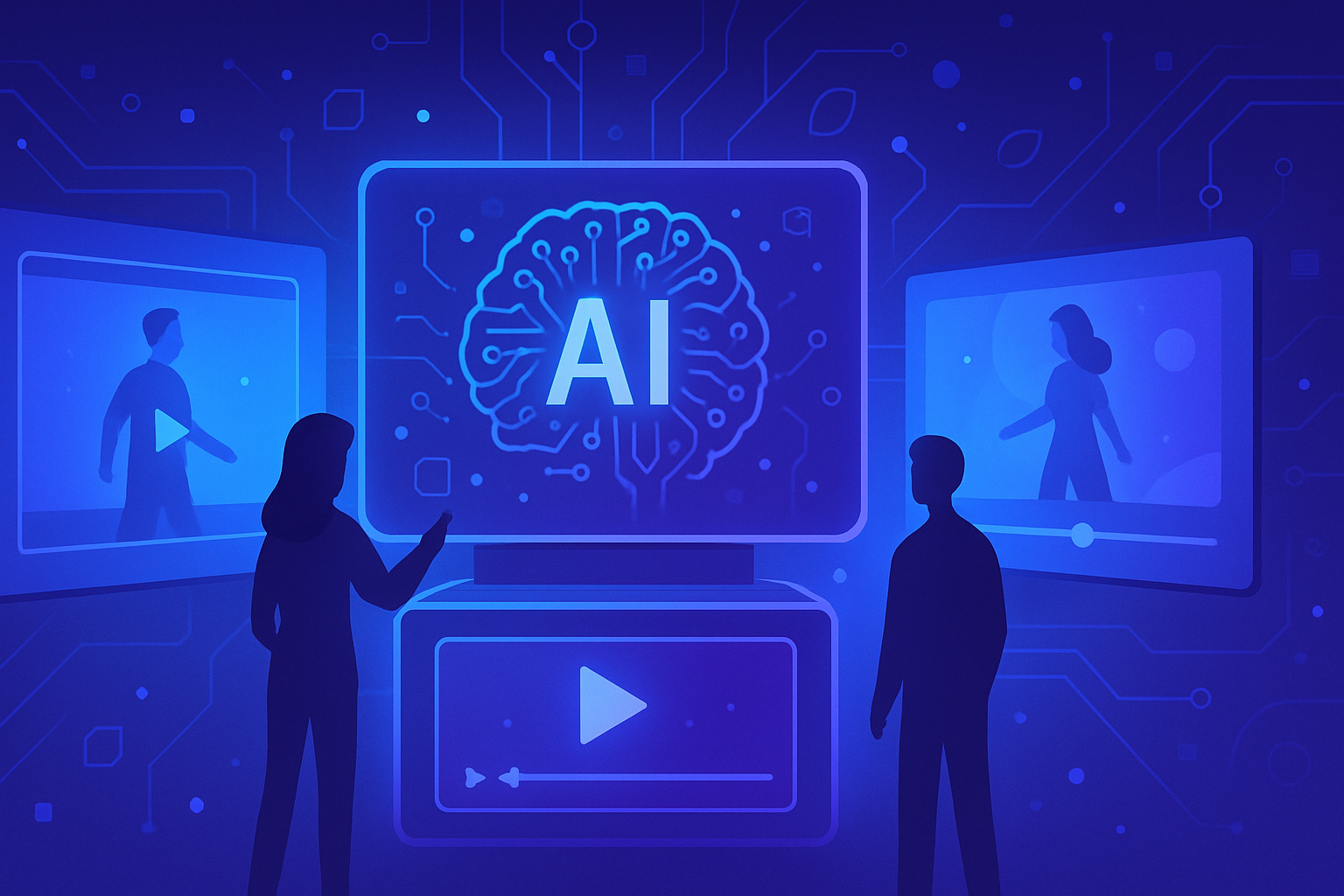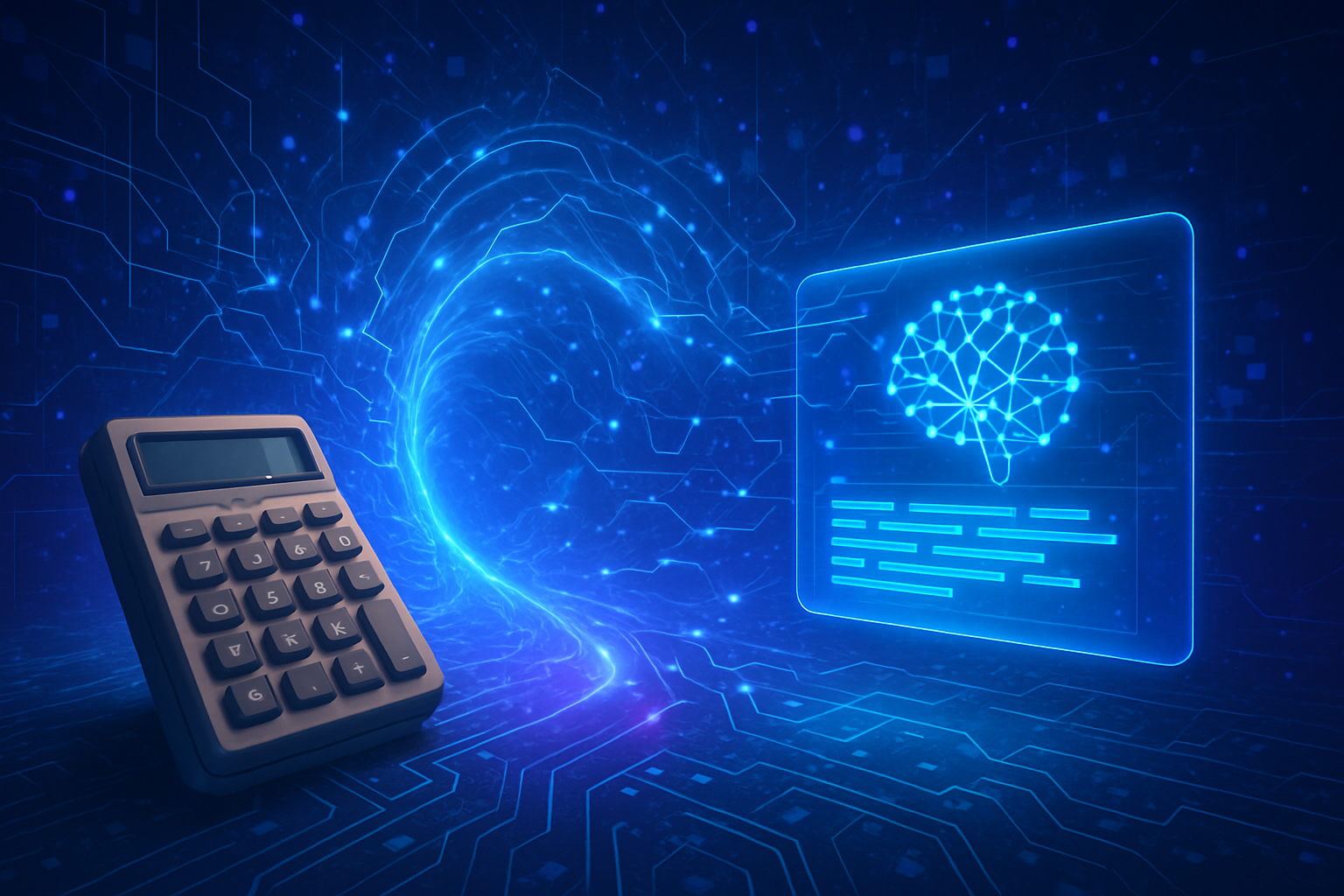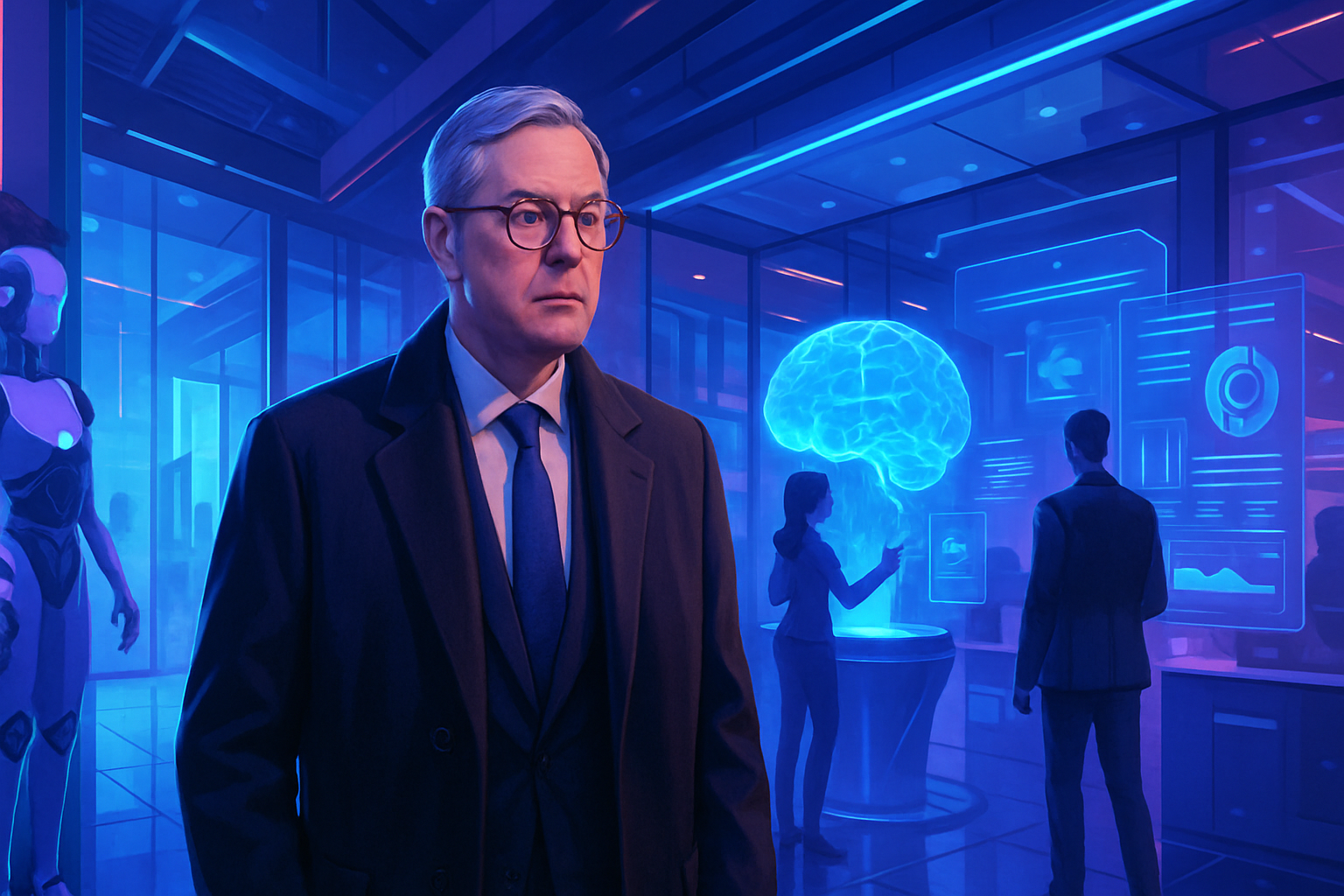A disturbing image of the Eiffel Tower engulfed in flames has captivated attention on TikTok, generating millions of views. This viral phenomenon raises crucial questions about the nature of truth in the digital age. The images of a spectacular fire confront reality with the artifice of artificial intelligence, provoking growing skepticism. Internet users are torn between fascination and disbelief, questioning the veracity of the content being shared. The societal implications of this phenomenon resonate beyond mere entertainment, reminding everyone of our vulnerability to misinformation.
Viral phenomenon on TikTok
A video showing the Eiffel Tower engulfed in flames has recently captivated the attention of TikTok users, triggering a genuine hysteria on the platform. In just a few days, this visual content reached millions of views, raising questions and skepticism within the online community. By searching for keywords like “Eiffel Tower on fire,” internet users are confronted with sequences of troubling quality.
Emotional response from internet users
The images of the Eiffel Tower ablaze have provoked intense emotional reactions. Many users, shocked by this apocalyptic representation, have expressed their outrage at the dramatization of iconic monuments. Comments flood in, oscillating between fear, anger, and disbelief. This fictional event has rekindled painful memories, such as the fire at Notre-Dame de Paris that occurred in 2019.
Reality and misinformation
A closer look reveals that the video staged by artificial intelligence has deceived many people. The hyper-realistic depiction of the fire has significantly contributed to the confusion. Savvy observers highlight that it originates from a 3D creation project shared on YouTube in July 2023 by the channel “Augmented One.” Modern AI tools enable results so realistic that they challenge the criteria for assessing the veracity of content.
Impact on public opinion
This phenomenon raises questions about the impact of AI-generated content on public opinion. Fake news is not limited to catchy headlines but increasingly seeps subtly into our daily lives. Social networks, especially TikTok, play a crucial role in spreading this misleading information, influencing mindsets with strikingly realistic images.
Expert reactions
Experts in communication and media stress the importance of enhanced digital literacy. They encourage users to adopt a critical mindset regarding the content circulating online. As sensationalist videos continue to circulate on social networks, the necessity to analyze these elements before sharing becomes urgent.
Links to related articles
To deepen your understanding of the use of artificial intelligence and its societal implications, you can consult the following articles:
- Londoners and influencers
- The year of AI
- Will Smith’s AI parody
- Influencers on TikTok
- RN propaganda and TikTok
Frequently asked questions
What are the origins of the video of the burning Eiffel Tower on TikTok?
The video showing the Eiffel Tower on fire was first broadcast on TikTok, but it was created with artificial intelligence software to simulate a fire, which deceived many internet users.
Why has this video of the Eiffel Tower in flames gone viral?
The combination of the Eiffel Tower’s fame and the realism of the CGI-generated video spurred interest and concern among users, leading to rapid propagation on TikTok.
Is it possible that the Eiffel Tower actually caught fire?
No, the video is a work of fiction and the Eiffel Tower has not suffered a fire. It is a graphic creation intended to entertain and not to inform.
How can you recognize a manipulated video on social media?
To identify a manipulated video, check the source, research the content, and look for clues such as inconsistencies in visual quality or comments indicating the artificial nature of the video.
Have there been other similar cases of viral manipulated videos?
Yes, there have been many examples of manipulated videos going viral, using similar techniques, such as creating optical illusions or other special effects to capture attention.
What has been the authorities’ reaction to this video?
The authorities have not specifically commented on this video, but in general, they encourage vigilance against false information and misleading content on social media.
How does the use of artificial intelligence influence content creation on social media?
Artificial intelligence allows for the creation of increasingly realistic content, which can make it difficult to distinguish between true and false, leading to concerns about misinformation.
What are the possible impacts of a misleading viral video on the public?
Misleading videos can sow confusion, create unwarranted panic, and influence public opinion, thereby exacerbating distrust in the media and information circulating online.
What should I do if I encounter a suspicious video on social media?
If you see a suspicious video, it is recommended to report it to the platform, verify the facts through reliable sources, and not share the video until its authenticity has been confirmed.
